As Superman (2025) Launches the New DCU, What Does That Mean for Matt Reeves’ The Batman Universe?

As Superman (2025) ushers in the new DC Universe of films, officially branded as the DCU, many fans have turned their attention to a related question: What does this mean for the universe established by Matt Reeves’ The Batman (2022)?
James Gunn, director of Superman and co-CEO of DC Studios, has publicly shared his vision to introduce a new iteration of Batman within the DCU, drawing inspiration from Grant Morrison’s comic book run. In this version, Batman is already a well-established figure, and his son, Damian Wayne, is introduced as the current Robin. Despite this clearly defined creative direction, Gunn has emphasized that no script has been completed or greenlit for the DCU’s Batman film. In fact, he has reiterated that no project will proceed without an approved script, meaning his initial concept could still evolve depending on what is ultimately submitted.
Gunn has also confirmed that the exclusion of Reeves’ Batman from the DCU was done at Reeves’ own request. However, if Reeves were to reconsider and submit a script that aligns with Gunn’s creative standards, it’s theoretically possible his Batman could be integrated into the broader DCU. With that possibility still on the table, it’s worth exploring what it would take to make such a merger work, and whether the effort would be worthwhile.
What Would It Mean to Introduce a New Batman to the DCU?
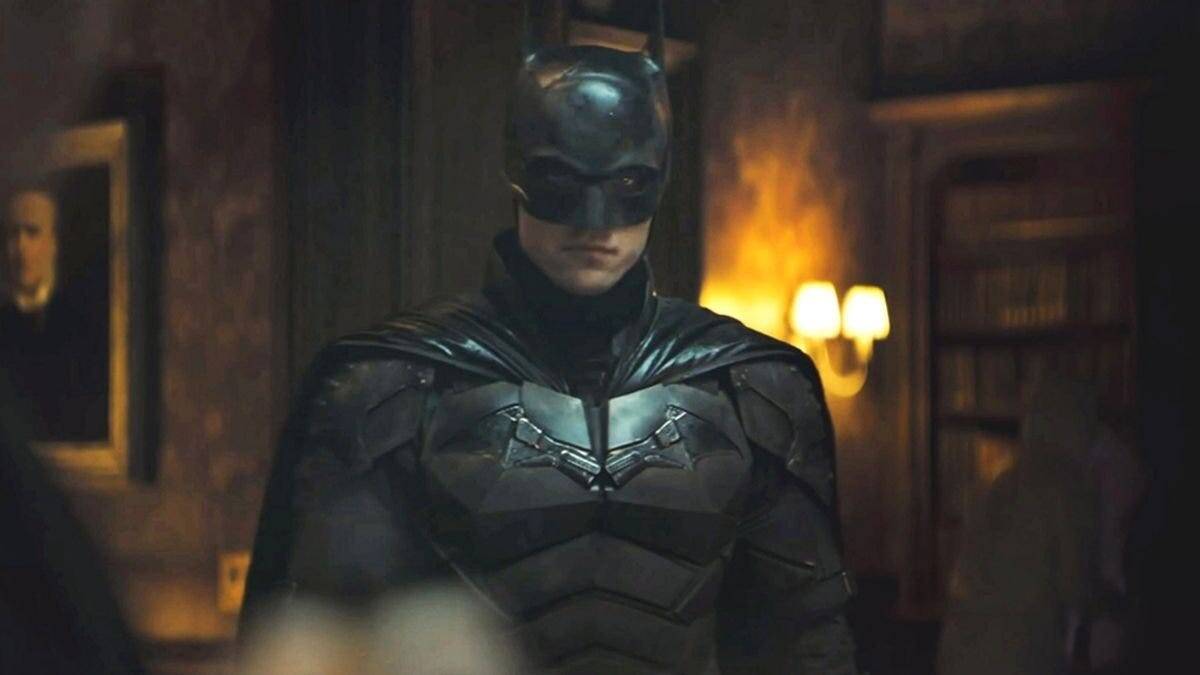
Introducing a new Batman into the DCU while continuing Matt Reeves’ separate Batman universe would mean that DC Studios is producing two concurrent live-action Batman franchises. Reeves’ The Batman already has a sequel in development, which would presumably run in parallel with the DCU’s take on the character.
While this may not bother comic book readers, who are accustomed to multiple, simultaneous versions of the same character, it’s a different story for general audiences. In comics, it’s common to have various interpretations of Batman across different timelines and universes. But general filmgoers tend to expect consistency and are often unaware of the creative distinctions or rights issues that separate film properties.
The Risk of Audience Confusion
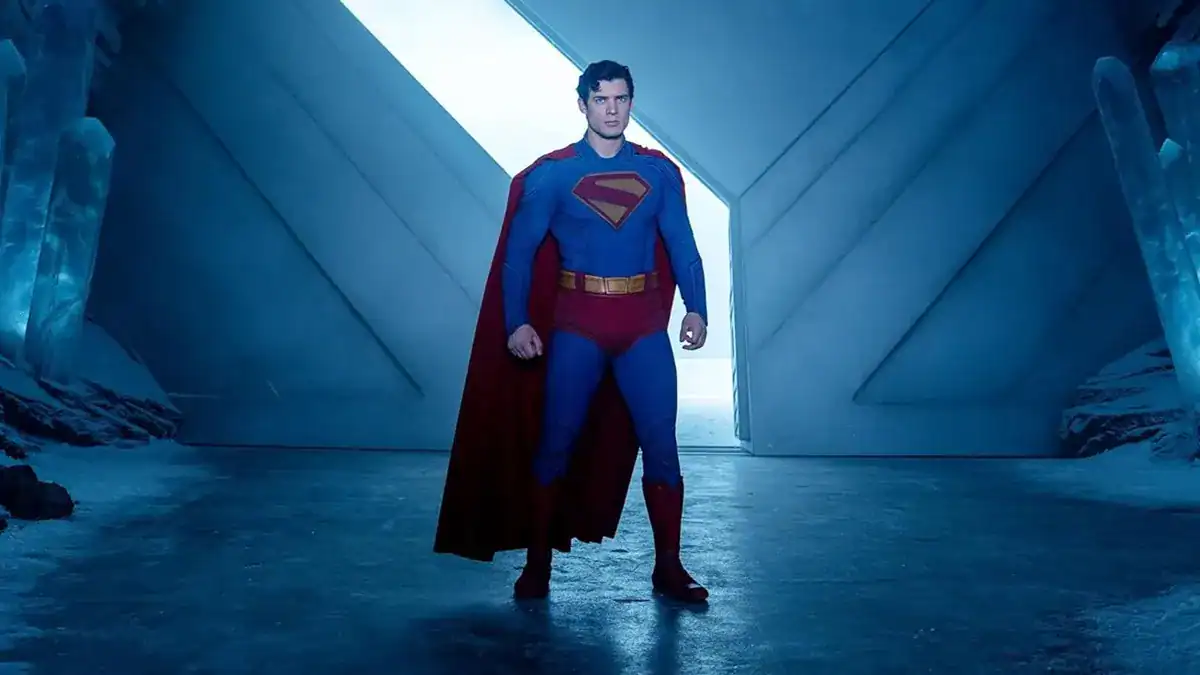
It’s important to recognize that most moviegoers do not follow behind-the-scenes developments or studio press releases. Their understanding of a film universe is often based solely on trailers, marketing, or previous viewing experiences.
To put this into perspective, during multiple screenings of Superman, I overheard several conversations in which viewers asked if the film was connected to Man of Steel. Some even expressed confusion about Nathan Fillion’s portrayal of Green Lantern, wondering how it related to Ryan Reynolds’ earlier version. Many fans mistakenly believed HBO’s Watchmen series was a sequel to Zack Snyder’s 2009 film, despite the two being entirely unrelated.
This is not to say general audiences are incapable of understanding complex stories, but they don’t approach these films with the same context and knowledge as hardcore fans. For many, each reboot only adds to the confusion, especially when franchises like Star Wars or James Bond have continued uninterrupted for decades, despite behind-the-scenes changes.
A History of Audience Expectations
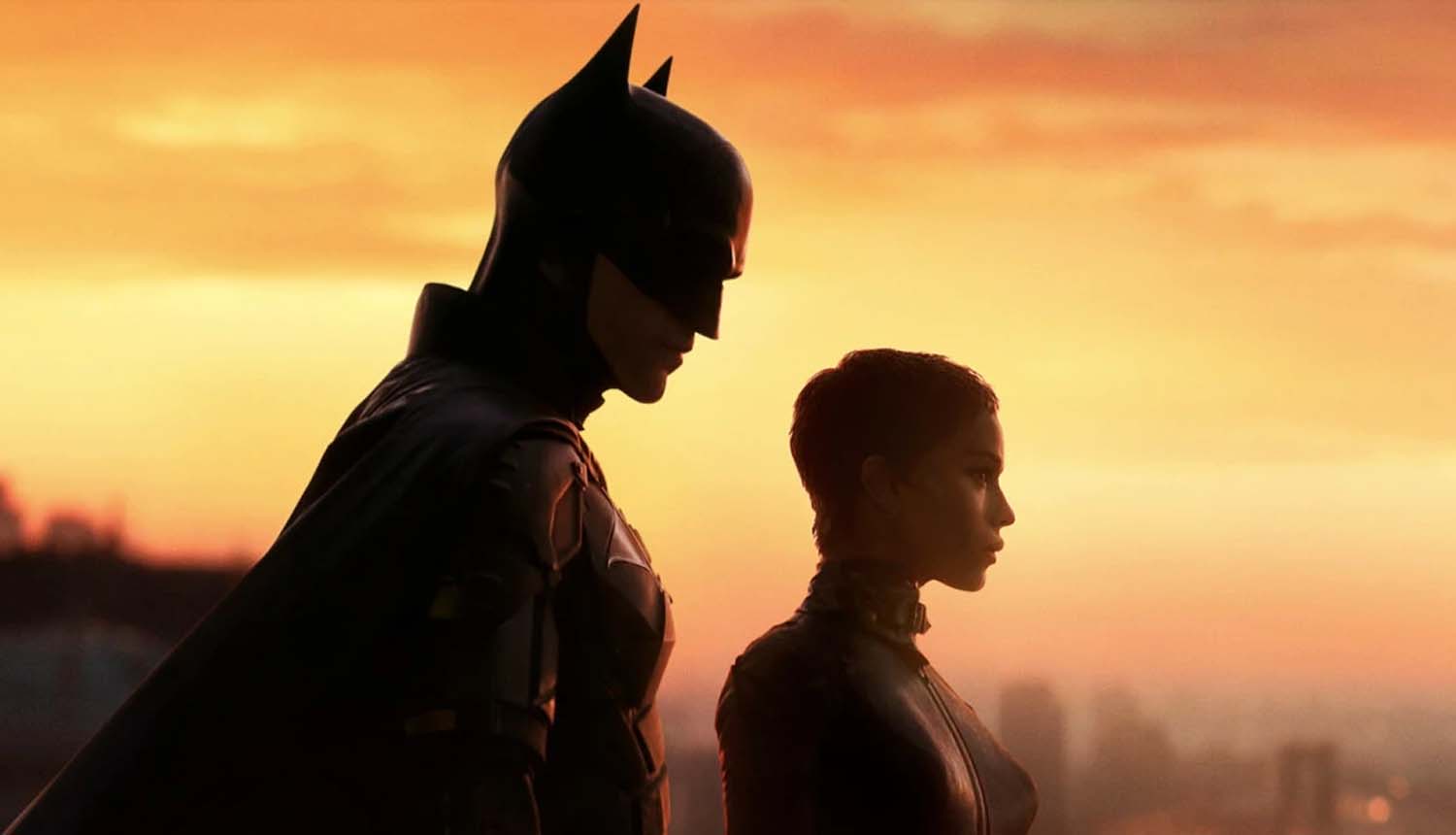
Audience expectations for interconnectivity in superhero media are nothing new. Even during the early 2000s, viewers hoped for crossover potential between Spider-Man, X-Men, and Fantastic Four, despite those characters being owned by different studios. More recently, the similar tones of Man of Steel and The Dark Knight led some fans to believe they took place in the same universe. Even after filmmakers explicitly stated otherwise, speculation persisted that Henry Cavill’s Superman existed alongside Christian Bale’s Batman.
These examples show that fans, both casual and dedicated, are naturally inclined to connect the dots. They want to see characters from different franchises share the screen, regardless of continuity.
Could Reeves’ Batman Be Integrated Into the DCU?
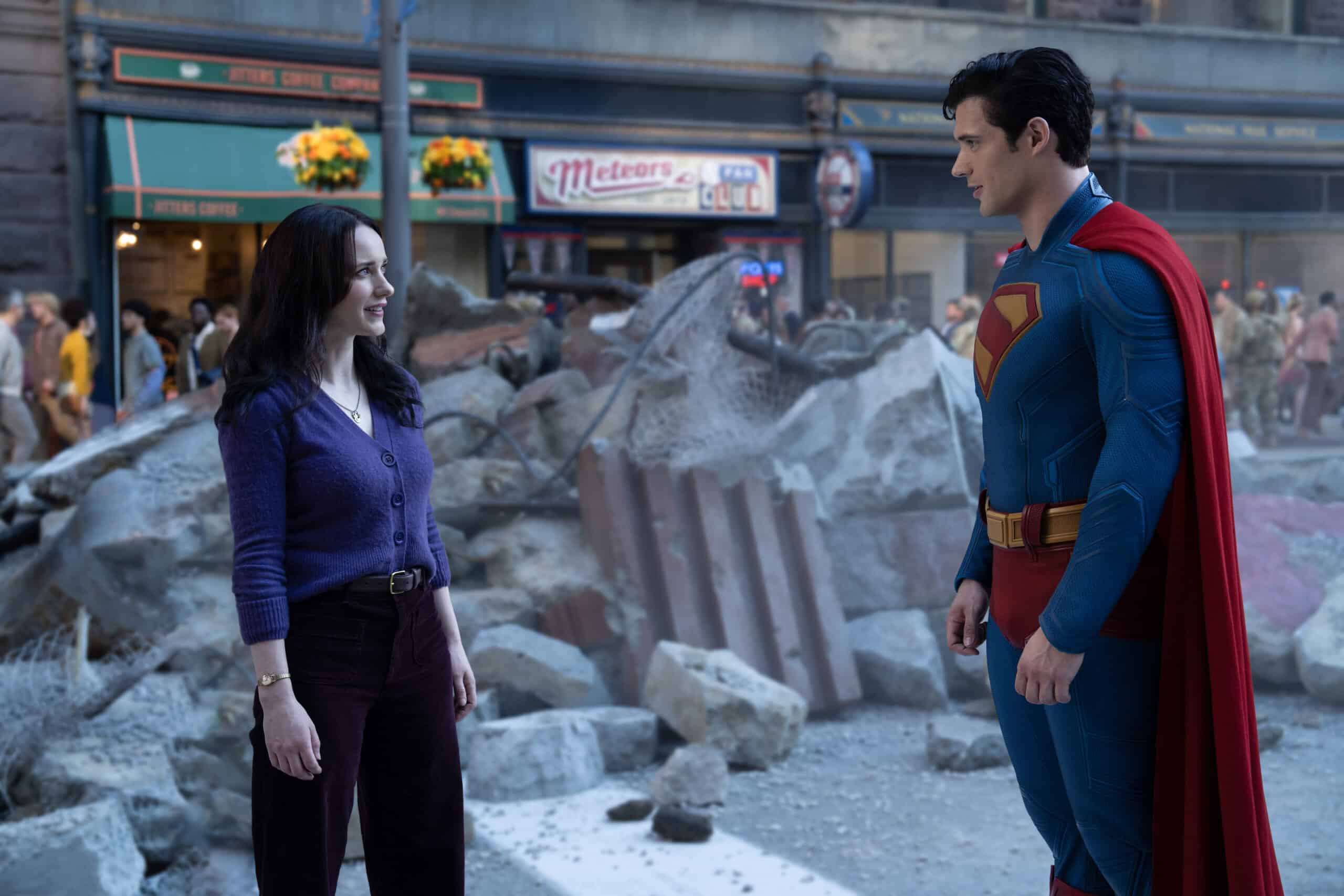
Assuming DC Studios were to seriously consider folding Reeves’ Batman into the DCU, how could it be done? Gunn has already confirmed that different projects in the DCU will maintain unique tones, so The Batman having a distinct visual and narrative style wouldn’t automatically disqualify it.
Additionally, the Penguin series further developed Reeves’ version of Gotham, expanding the world in ways that could potentially make integration even more feasible. Gunn’s filmmaker-first approach allows for creative voices to shape their own corners of the universe, as long as the final vision fits within the broader interconnected narrative.
One possibility would be to establish that The Batman takes place five to seven years prior to the events of Superman. This would explain the absence of metahumans or other DCU heroes in Gotham while leaving the door open for their emergence in later timelines. Gunn’s Creature Commandos already hints that a Batman exists during this period, so retroactively placing The Batman earlier in the timeline could make sense.
A Narrative Opportunity
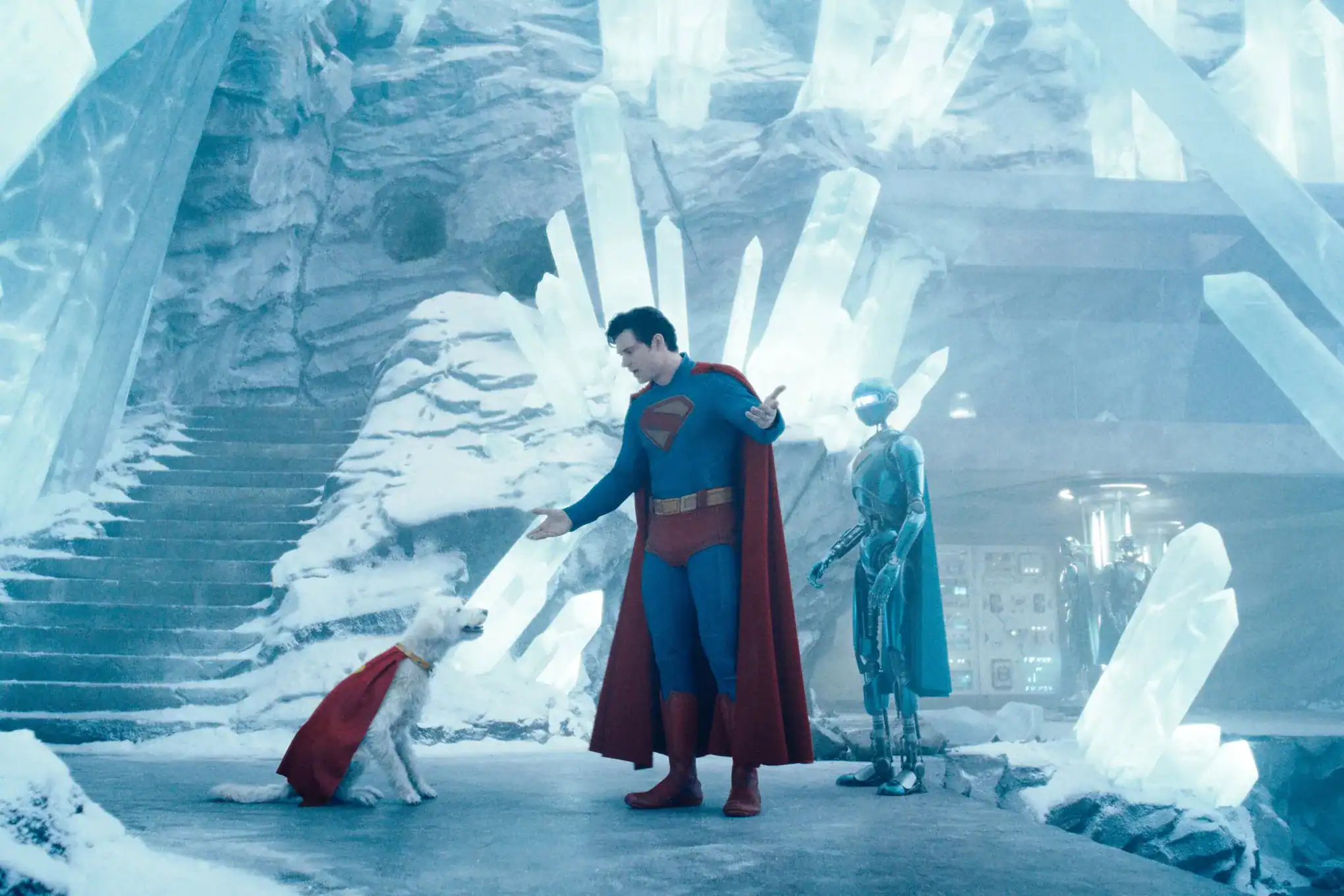
If Reeves’ Batman were brought into the DCU, the character could evolve from the grounded, street-level detective we saw in The Batman to a more seasoned hero, one ready to interact with metahumans and the wider DC universe. This transformation mirrors the character’s arc in series like Justice League Unlimited, where Batman retains his moral compass but embraces broader responsibilities.
Zack Snyder attempted a similar approach in Batman v Superman: Dawn of Justice, portraying an older, more jaded Batman. However, Reeves’ version is much younger and more emotionally grounded, making his development into a DCU mainstay feel more organic and less abrupt.
And let’s be honest, it would be a thrill to see Robert Pattinson’s Batman share the screen with David Corenswet’s Superman. They’re in a similar age range, and their contrasting portrayals would make for a compelling dynamic. While fan-casting can be speculative and sometimes overhyped, few would argue that the two wouldn’t look or feel iconic together as the World’s Finest.
Likelihood and Challenge
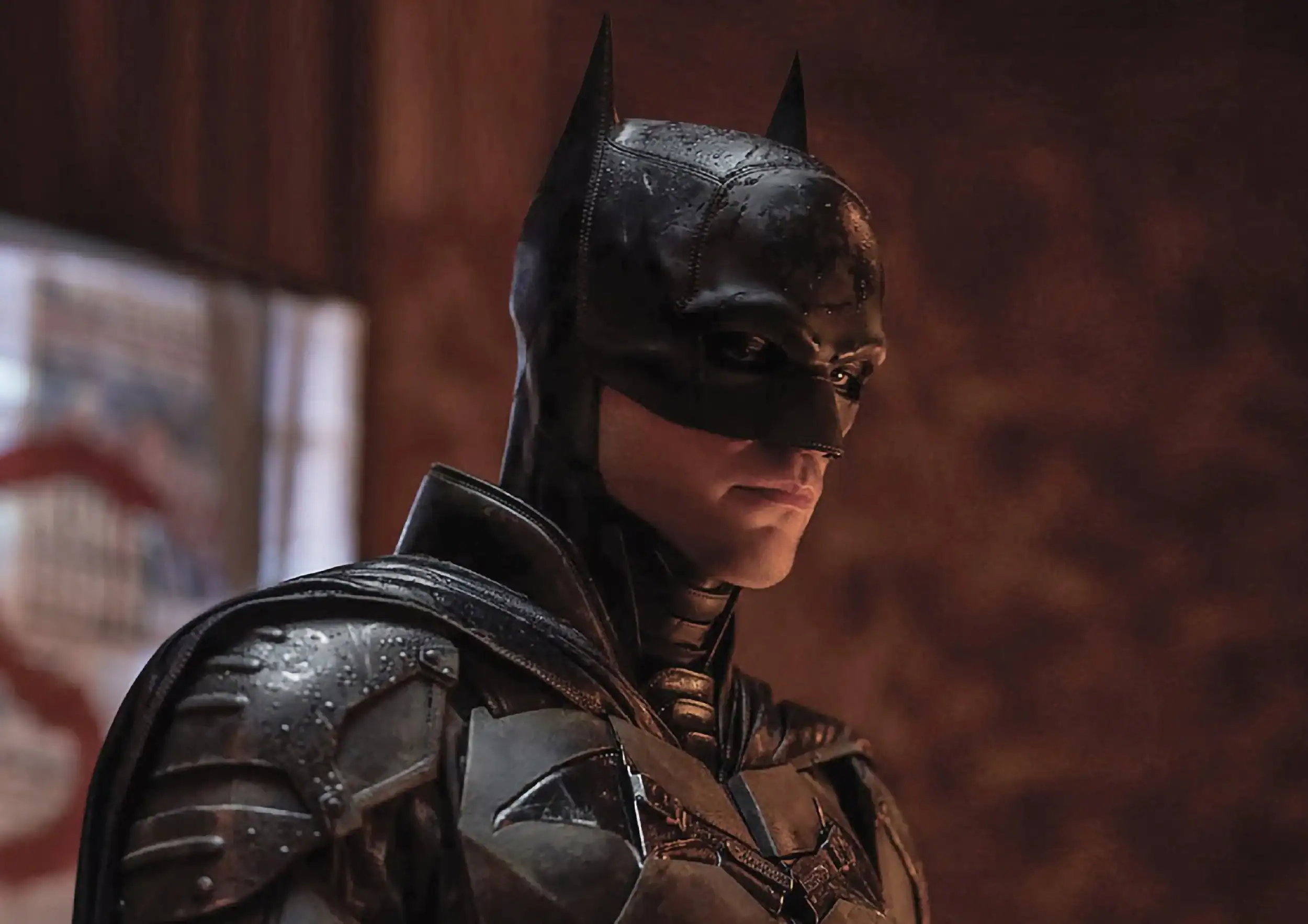
So, will this actually happen? Realistically, the chances are low. It would require a considerable amount of coordination, rewriting, and creative compromise. The DCU is still in its early stages, and adding a fully formed parallel Batman universe would be a daunting challenge for any studio.
But that doesn’t mean it isn’t worth exploring. While the logistics are complicated, the benefits, narrative richness, fan engagement, and long-term cohesion, could outweigh the risks if executed with care.
At the very least, it’s a conversation worth having. Because if done right, Reeves’ Batman and Gunn’s DCU could coexist not as competing visions, but as complementary pieces of a larger and more ambitious cinematic puzzle.





